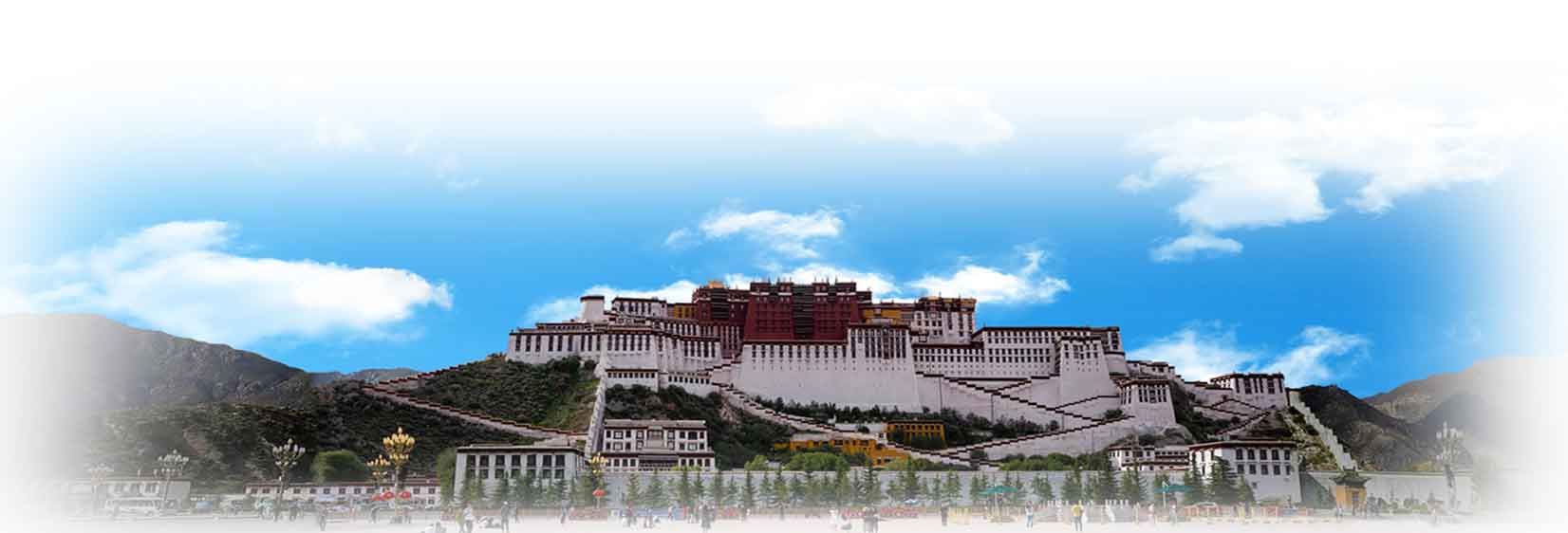Shoton or Sho Dun Festival is highly well-known in Tibet’s culture and is one of the most significant events as well. Usually, this seven-day long event occurs in the summer months, mainly between June-July as per the Tibetan calendar. This time coincides with August as per the Solar Calendar.
For travelers and locals, this is an exciting way of viewing the central Tibetan territory’s culture and tradition. Mainly, the festival covers the area of the Tibet Autonomous Region, including particular provinces. Such regions are the Yunnan, Qinghai, Sichuan, and Gansu provinces. People follow the old-time traditions during this period, and thousands of visitors travel to the festival when it occurs. Therefore, if you visit Tibet to taste the local culture and traditions, you would get that chance here. Many local residents from different parts of the land visit during this time, and you can interact with them freely.
To translate, the term “Sho” denotes yogurt and the name “Ton” denotes banquet in the Tibetan language. Therefore, it essentially stands for yogurt banquet. As for the celebration, the Tibetan artists organize classical Tibetan dances and folk music performances. Many different performing arts groups can participate in these festivities, from professionals to TIPA students, and put on a beautiful show. Usually, the competition-centric Ache Lhamo performances begin in the Norbu Lingka, Lhasa.
Besides them, the monasteries showcase big Buddha paintings or Thangkas. Originally, this festival was about the Buddhist monks who returned from week-long retreats and received yogurt from the commoners. So, this is a part of the festival paying homage to the past. Generally, this occurs in the Drepung Monastery, and all Tibetans visit the area in droves to view the vast Buddha painting. For both the local Tibetan people and foreign travelers, this is a monumental time.






